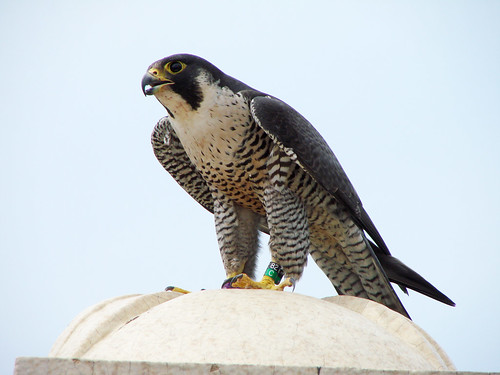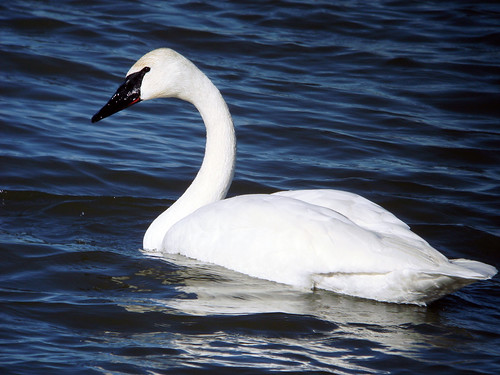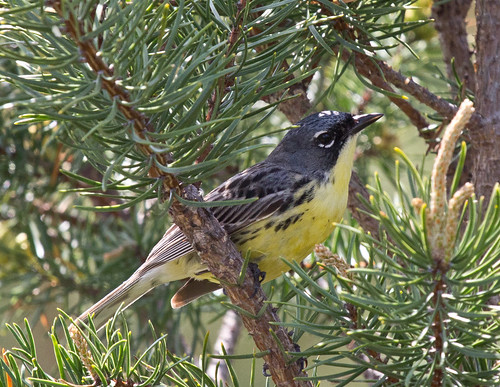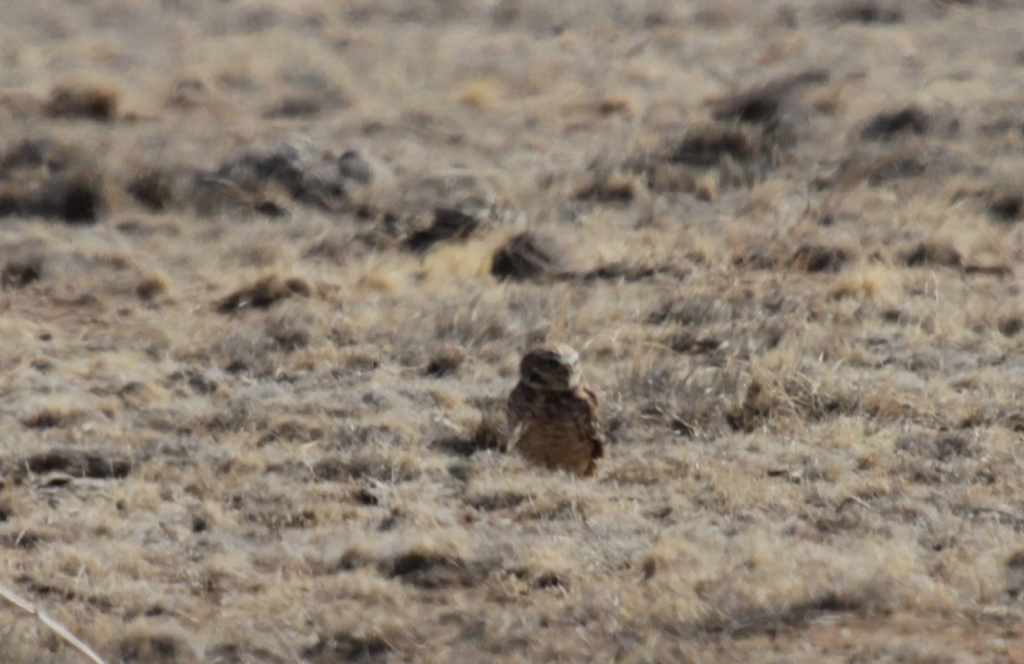Protecting endangered species and helping their populations to recover has been a simple, straightforward process for only a handful of species, when the issues facing them were simple and reversible. Banning DDT and enforcing laws about shooting were pretty much all it took to bring back Bald Eagles. That plus providing nest platforms helped Osprey. Breeding Peregrine Falcons had been entirely wiped out of the eastern half of the US, but falconers had developed captive breeding programs—they supplied the birds released to the wild in reintroduction projects. Protecting those reintroduced birds from shooting and the persistent pesticides that went up the food chain, bioaccumulating in their body tissues and destroying their ability to reproduce, paid off huge dividends. Now Peregrine Falcons live in a great many cities, helping control pigeon populations, thrilling birders, and living full lives as only Peregrine Falcons can. I’ve seen them in Chicago, New York, Philadelphia, Washington D.C., and the Twin Cities, as well as downtown Duluth. Here in the East we’ve restored Peregrine Falcons from complete extirpation to what may be the most robust population they’ve had in historical times.
Trumpeter Swans had been wiped out of virtually their entire range in the lower 48 by hunting. When I started birding in 1975, they were still somewhat common in Alaska and Alaska, but only a small remnant population continued to exist in the lower states, all near Yellowstone National Park. I was thrilled to add them to my lifelist when I went to Yellowstone in 1979. But by the 1980s the Trumpeter Swan Reintroduction program was starting to bring them back to Minnesota using captive-bred birds. Now their population is healthy, too.
Michigan Audubon called Kirtland’s Warblers Michigan’s Bicentennial Bird, and set a goal of bringing the endangered bird’s population to 200 pairs by 1976. Kirtland’s Warbler’s needs are far more complicated than some species. They nest only on the ground, only under the sheltering branches of jack pine trees. Once a jack pine drops its lower branches, it no longer provides a suitable nesting spot. Jack pine cones must be exposed to extreme heat to open, releasing their seeds to grow new jack pines. Historically, frequent natural fires ensured a steady supply of new seedlings, but once preventing forest fires became a mandate, Kirtland’s Warblers lost much of the essential habitat they absolutely needed. At the same time, Brown-headed Cowbirds started spreading east into Michigan from the Great Plains. On the Plains they had historically followed nomadic bison, so although many birds lost young to their parasitism, the cowbirds moved on with the bison so didn’t parasitize most birds more than once in a lifetime. When cowbirds moved east they no longer required bison to cut through the heavy prairie sod to find the disturbed ground they feed on. Now they could remain in the same areas year after year after year, parasitizing Kirtland’s Warblers at unsustainable levels.
When people understood the warbler’s complex needs, they started managing the forests to ensure there’d be a steady supply of jack pines of the right ages for warbler nesting, and removing cowbirds from the area. Now the Kirtland’s Warbler population numbers about 5000, and a few are now nesting in Ontario and Wisconsin as well as Michigan.
If only such straightforward solutions could be found for other endangered species! In coming days, I’ll be talking about a few declining species facing far more complicated, difficult issues.



